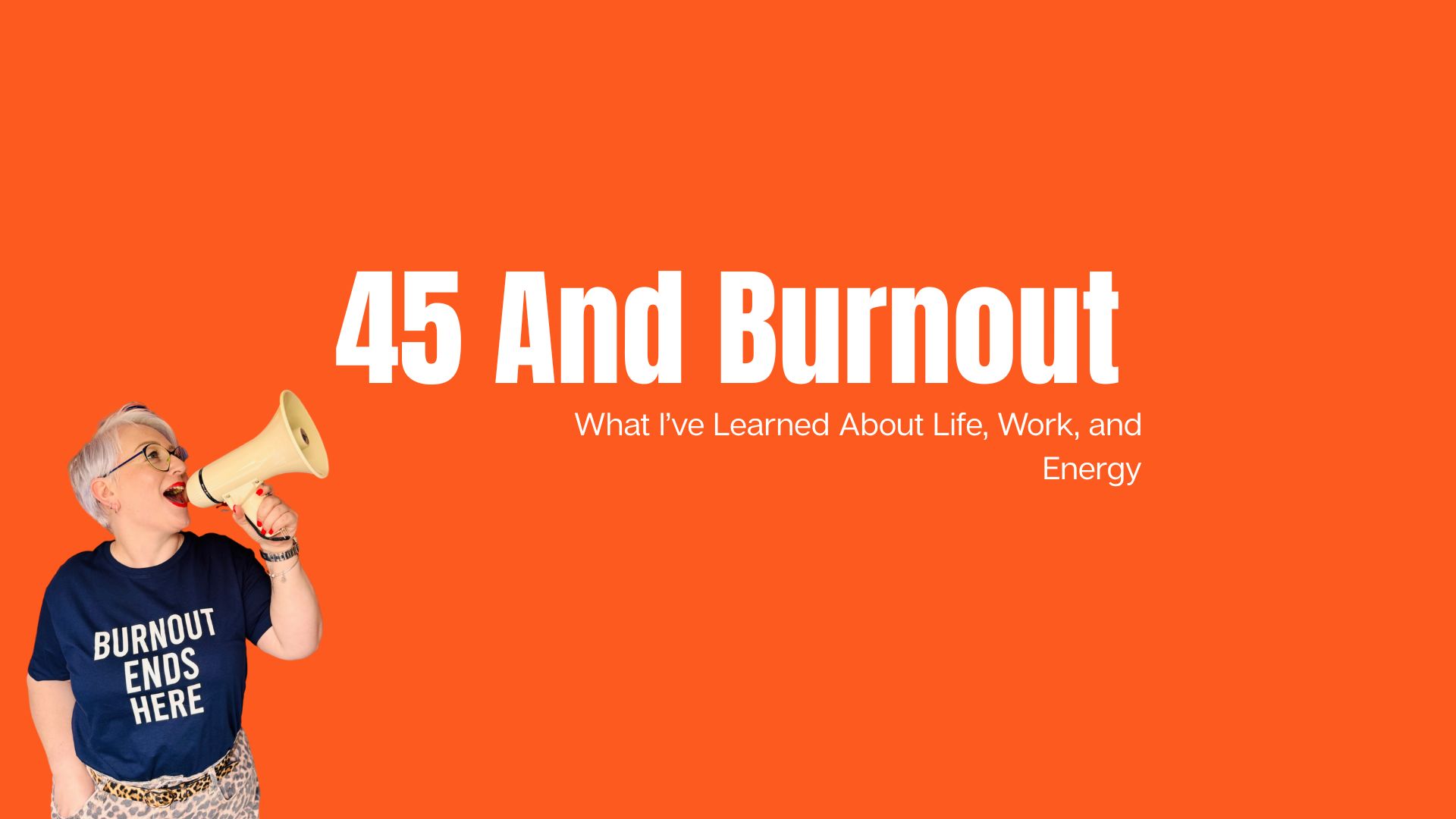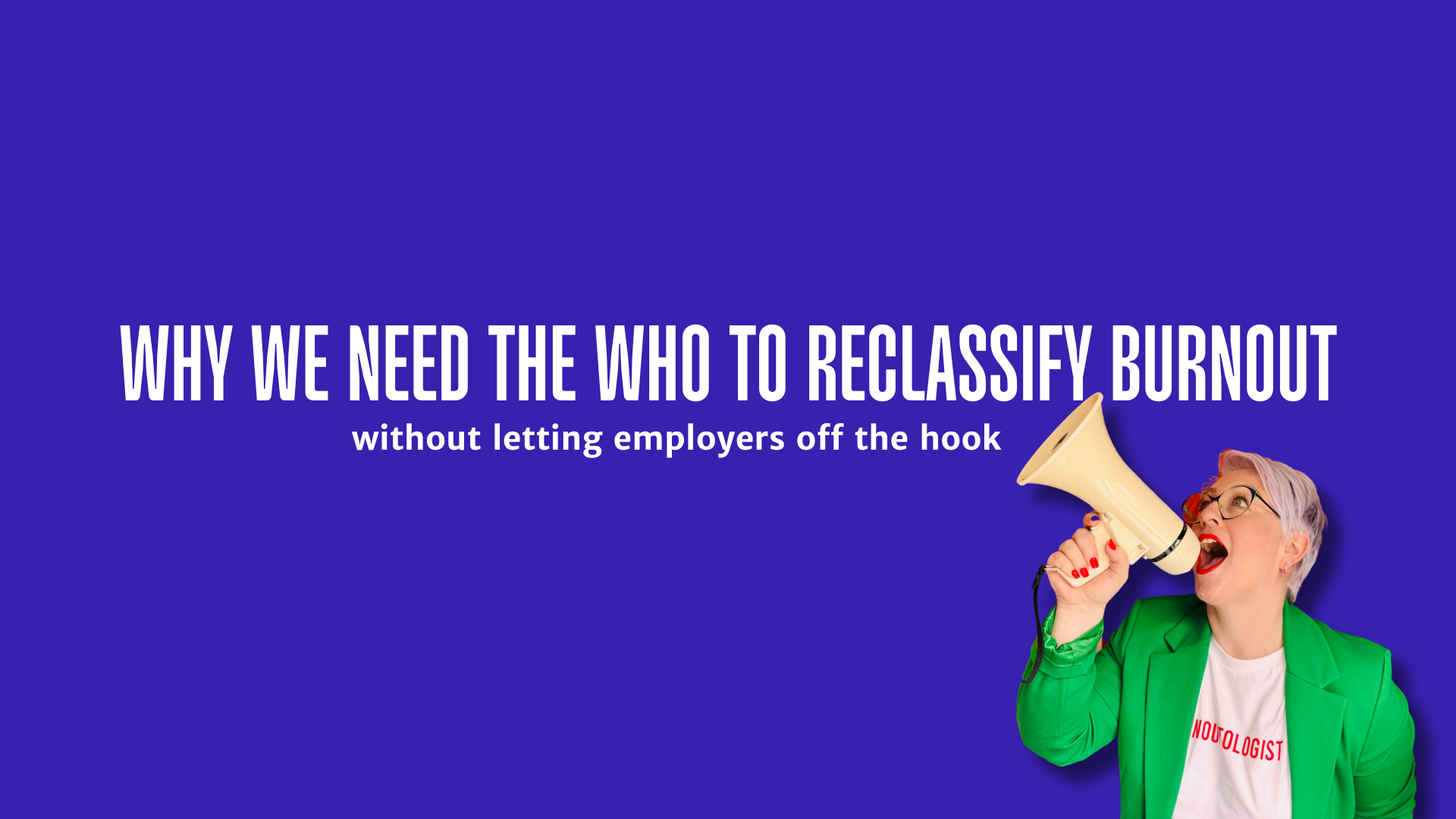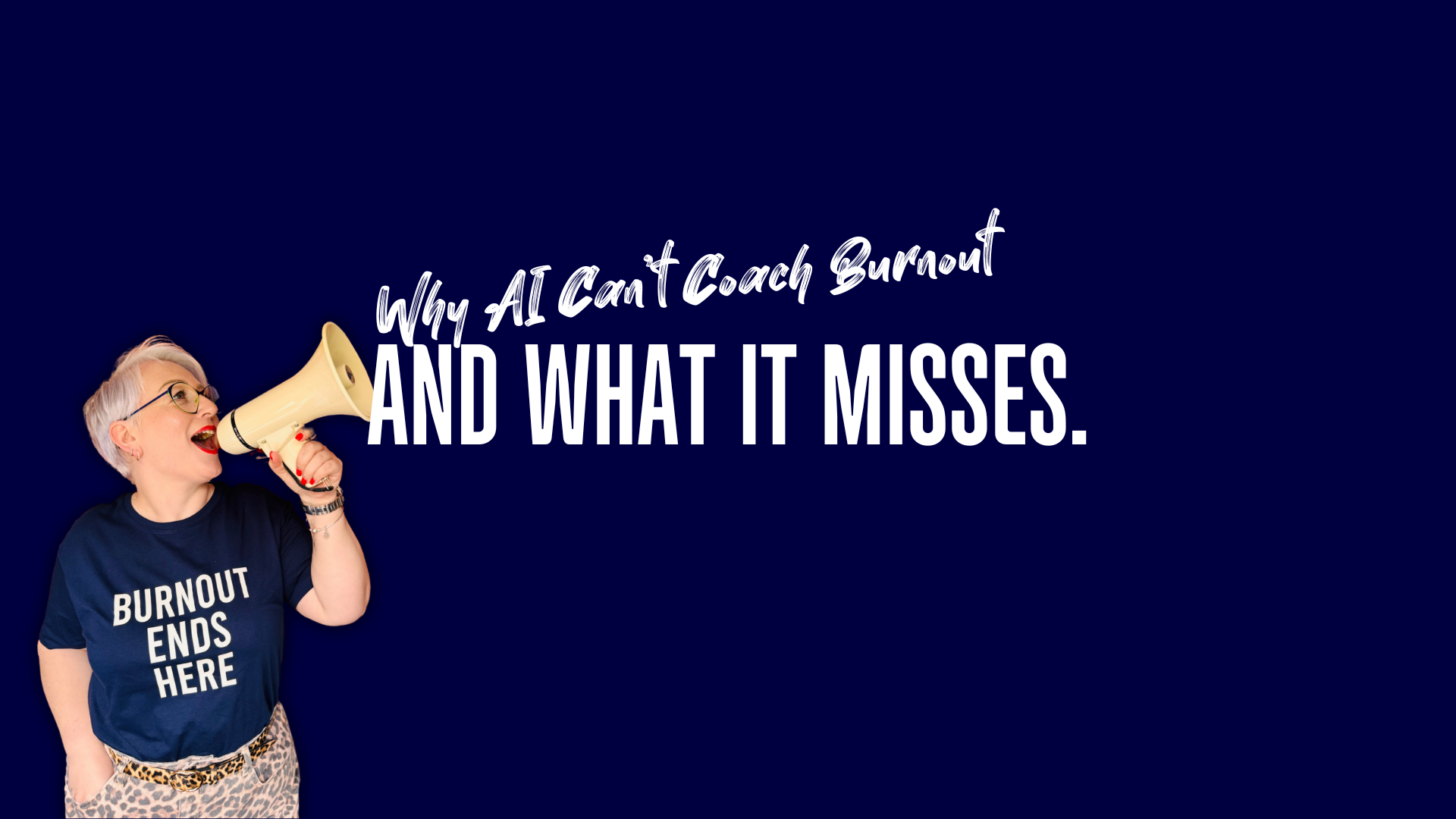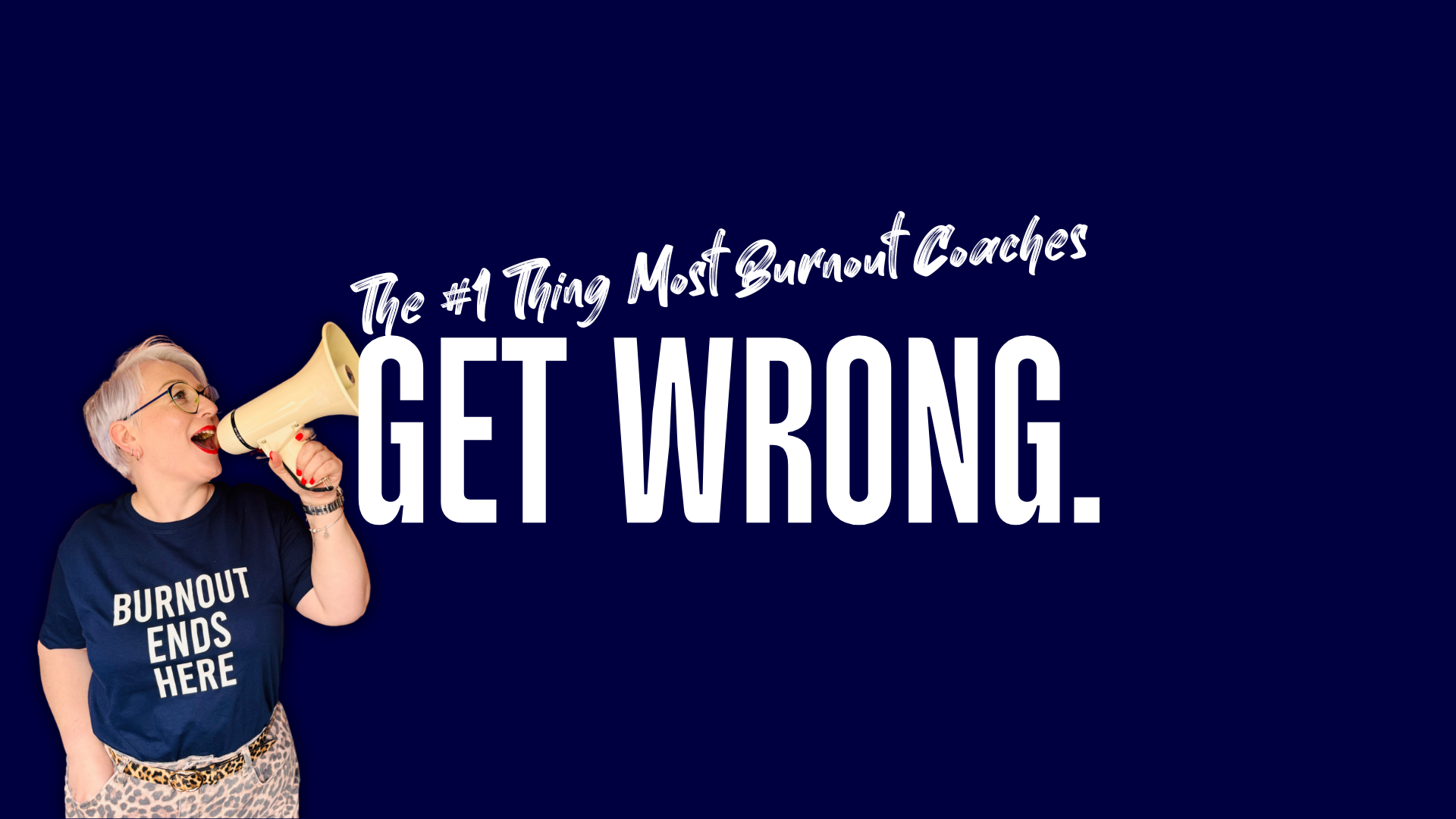READ THE bLOG.
Weekly truth bombs, insights, learning and tools for Burnout-aware coaching and leadership.

Burnout and Trauma: Where They Overlap (And Where They Don’t)

Burnout and Identity Loss: Why you feel like a stranger to yourself

Burnout Isn’t A Mental Health Condition (and here’s why it matters)

Why Coaches Need to Stop Rehashing the WHO Definition

Burnout vs. Seasonal Affective Disorder: Why We Keep Getting It Wrong

Solving the Burnout Equation: Why Leadership Development Needs to Change

What Leaders Need to Know About Burnout: It’s Not About Workload

What HR Needs to Know About Burnout (And Why Policies Aren’t Enough)

What Coaches Need to Know About Burnout (But Usually Don’t)

The Neuroscience of Burnout: What’s Really Happening in the Brain

The Real Cost of Burnout: Money, Health, Career Prospects, and Confidence

The Stigma and Shame of Burnout: Why We Stay Silent

Burnout at a Crisis Point: What the Latest RESEARCH Is Telling Us

45 and Burnout: What I’ve Learned About Life, Work, and Energy

Back to School, Back to Burnout: Why “Just Make It Until Christmas” Is Harmful

Why We Need the WHO to Reclassify Burnout — Without Letting Employers Off the Hook

Why AI Can’t Coach Burnout (And What It Misses)

90 Seconds or Burnout: Why Emotional Suppression is Costing You More Than You Think

The #1 Thing Most Burnout Coaches Get Wrong


